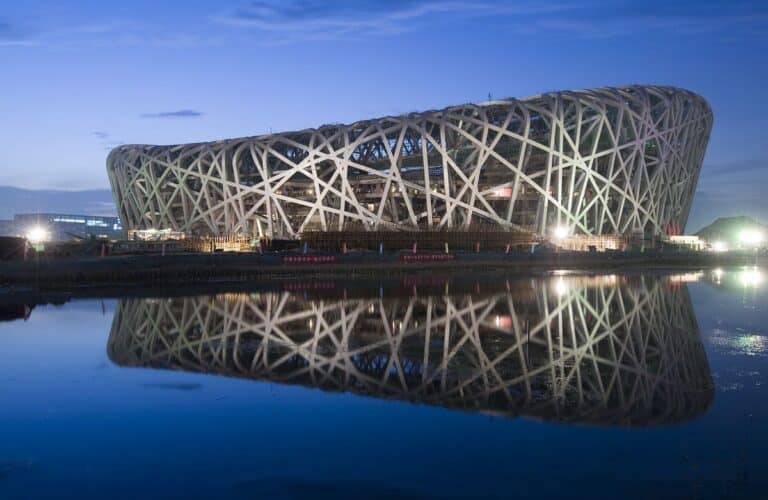What are recycling and upcycling in architecture?
Recycling is the process of converting waste materials into new materials and objects. This concept typically incorporated the idea of recovering energy from garbage. The collecting of waste materials, their processing or manufacture into new items, and the acquisition of those goods that we can afterward recycle are the fundamental steps in recycling.
Upcycling is the process of reusing unwanted or waste materials to create new, high-quality products and materials that have artistic or commercial value. The end result is a product that is more beneficial, valuable, and appealing than it was initially.
The distinction between recycling and upcycling in architecture
Recycling eliminates waste in order to create anything valuable, whereas upcycling takes waste and creates something new from it in its current state. Upcycling preserves the item’s original shape and enables identification. The end product can be from a variety of techniques and materials, making upcycling more imaginative than recycling. Moreover, upcycling makes recycling less necessary, making it a more environmentally friendly choice.
Upcycling in architecture
Upcycling is the practice of reusing garbage, materials, or products by enhancing their quality and value beyond their original use. Roughly 40% of the rubbish on this planet is from the building industry, which largely uses materials like brick, concrete, steel, glass, wood, etc. In 2012, the construction industry produced more than 1.3 billion tonnes of waste. This amount may rise to 2.2 billion tonnes by 2025. The majority of this waste is primarily of common building materials like brick, concrete, steel, glass, and timber, and because of the high demand for these materials, efficient reuse is required.
Because of this, upcycling has gained a lot of traction in architecture, and given current trends, it is unlikely to disappear any time soon. Upcycling is a broad concept that changes as new concepts are developed. Sometimes raw materials or different materials are used or transformed to create new materials; other times, skills and abilities have helped to simplify the process. The most popular approaches are product-based, where theoretically recyclable materials are used without further processing, and recycling resources are combined to produce new products with little energy consumption.
Recycling in architecture
Recycling has been practiced for a very long time, usually on a very modest scale to help people reduce trash and use less energy. Reusing and recycling materials are progressively gaining acceptance as practical substitutes for conventional building materials in the architectural industry. Utilizing recycled materials not only reduces the cost of raw materials. But also encourages the development of recycling facilities, which supports local employment. Now that most building materials are recyclable, projects may be approached from an entirely new aesthetic angle.
Since we become aware of the damaging effects of buildings on the environment, the utilization of recycled materials has expanded. in which buildings account for 40% of all carbon emissions. Recycled materials lower this percentage since they need less energy to manufacture because they use fewer raw resources. They lessen waste generated by construction as well. On the other hand, architects and designers would never pass up the chance to be distinctive and original.
Benefits
Preventing waste in landfills has advantages for the environment. Reduce the number of resources used, which will decrease the demand for raw materials and reduce pollution and energy use.
Benefits to the economy and society include promoting artisanal work and traditional craftsmanship, supporting small and rural businesses, boosting economic stability by utilizing a local supply of materials, and lowering production costs.
Conclusion
In conclusion, innovation and technology are the foundation of architecture, which come together to create a beautiful built form. Upcycling and recycling in architecture also save energy, cut greenhouse gas emissions, etc. in addition to lowering your carbon footprint. By recycling and upcycling more, we can protect our natural resources more effectively. We can use these methods to create products and designs for the home. Recycling and upcycling are essential for preserving sustainability and inspiring creativity in a variety of people. Additionally, it encourages the 3Rs: Reduce, Recycle, and Reuse.
More on INJ Architects:
